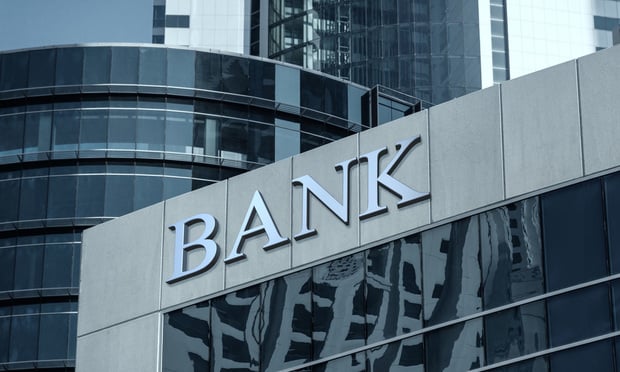Under the proposed legislation, eligible projects are those thatcost more than $100 million. The way it works is that developerswould estimate future sales, the state would calculate total salestaxes estimated to be generated, divide that in half, and instructthe state treasurer to issue 25-year bonds to pay forinfrastructure improvements related to the project. The bonds wouldthen be paid off as the projected sales taxes are generated.
A similar tax-increment financing proposal failed a few yearsago because of fears it would benefit suburban and rural areas tothe detriment of urban centers. This latest legislation has beendrafted to be more inclusive of urban areas, according toco-sponsor Sen. Joseph Kyrillos (R-Ocean). "It could luredevelopers to distressed communities like Asbury Park and LongBranch, and it could benefit the proposed new arena in Newark.Forty-seven states have some form of TIF financing that they canuse quickly to react to a major development project," he says.
As far as the monetary impact, the proposed Meadowlands Millsproject by itself could benefit to the tune of $225 million,according to estimates. But there's the rub: that particularproject has generated a great deal of opposition fromenvironmentalists and others--even the US Army Corps of Engineers.The state treasurer's office also spoke out against it in recenttestimony.
Continue Reading for Free
Register and gain access to:
- Breaking commercial real estate news and analysis, on-site and via our newsletters and custom alerts
- Educational webcasts, white papers, and ebooks from industry thought leaders
- Critical coverage of the property casualty insurance and financial advisory markets on our other ALM sites, PropertyCasualty360 and ThinkAdvisor
*May exclude premium content
Already have an account?
Sign In Now
© 2024 ALM Global, LLC, All Rights Reserved. Request academic re-use from www.copyright.com. All other uses, submit a request to [email protected]. For more information visit Asset & Logo Licensing.








